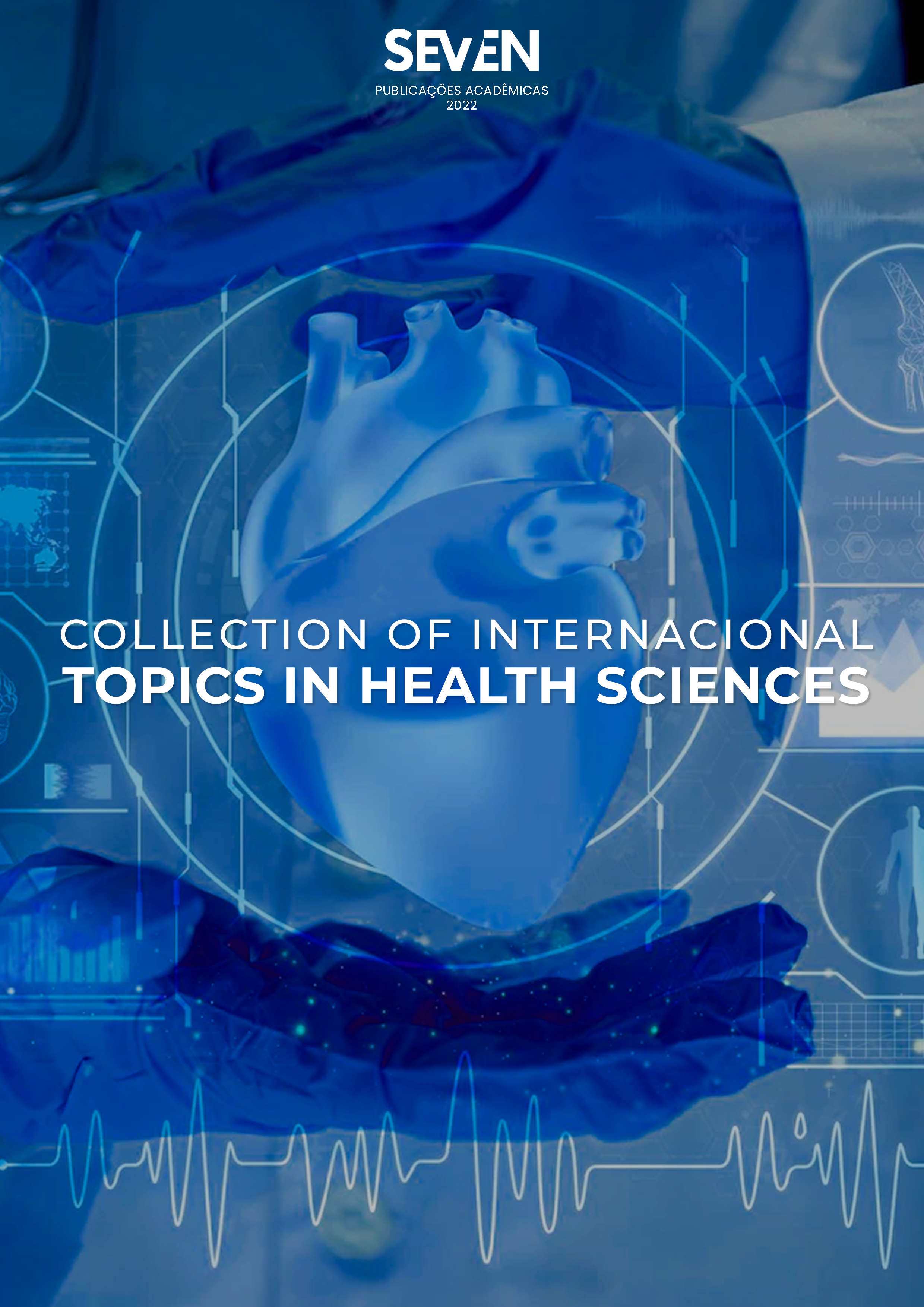Mechanisms of antimicrobial resistance in Salmonella
Palabras clave:
cephalosporins, fluoroquinolones, tetracyclines, resistance genes, plasmids, integronsResumen
Salmonella enterica subsp. enterica is considered one of the most common causes of foodborne illness (FOBD) and animal products are responsible for a significant number of human cases of salmonellosis. In addition to the risk posed by Salmonella as a foodborne pathogen, there is worldwide concern about the emergence of strains resistant to multiple antimicrobial agents. Over the years, several studies have identified genes and mutations conferring antimicrobial resistance in Salmonella isolates, which will be discussed in this chapter.
Descargas
Publicado
Número
Sección
Licencia
Derechos de autor 2023 Graciela Volz Lopes, Alessandra Almeida Da Silva, Daniele Boldan Pacheco, Andrielle Dias Da Cunha, Ytaiara Lima Pereira

Esta obra está bajo una licencia internacional Creative Commons Atribución-NoComercial-SinDerivadas 4.0.





